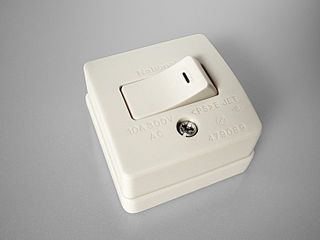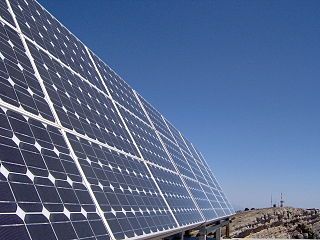From Guest Blogger in the UK "Powertricity" — 5 Easy Tips to Make Your Business More Eco-Friendly

With rising energy costs and increased pressure from external sources, there has been no time like the present for your company to go ‘green’. Whether you’re a multinational corporation with a big carbon footprint; or a small company looking to ‘do your bit’, there are plenty of ways to make your business more eco-friendly:
1. Perform an energy audit
Before you can take action to become more ‘green’, you need to know exactly what your business’s energy usage is like.
Many industrial electricians and utilities companies offer such evaluations, making it easy for you to perform. Such consultations will highlight your energy usage, and failings, and the best strategies to help you reduce your business’s usage. You can also monitor proceedings within the company and track this against your bills.
Depending on the size of your business though, you might not think this is the best option – especially in the early stages of ‘going green’. Instead, you might be able to highlight a number of simple but effective ways you can cut your costs and go ‘green’.
2. Go electronic
Every business sends hundreds of emails every day, so making the move towards electronic-only proceedings shouldn’t be too much of a hassle. Move towards a paperless office by reducing your printing, faxing, and photocopying.
You can even send quotes and invoices safely and securely online. This will also help you keep your postage costs down – another reason to take steps towards making your business eco-friendly. You will obviously have to print some things, but try and keep this to a minimum where possible.
3. Buy green
If you want to reduce your business’s carbon footprint, one of the best ways to do so is by buying economical products. Everything from fridges to dishwashers is marked with their energy efficiency rating these days, making going green easier than ever.
It’s not just your kitchen appliances that can go green either. Make sure that your printers, PCs, and photocopiers, all have the highest ‘green’ rating. This will help you reduce the business carbon footprint, whilst still keeping the day-to-day running hassle-free.
4. Recycle and reuse
When you need to print; print double sided. Reuse old scraps of paper for note taking. Recycle all your paper when you’ve finished with it. There are loads of ways you can recycle and reuse everything in your office to keep your carbon footprint to a minimum. You might be surprised at the additional uses you can discover for everything. Similarly, you should always try and source products from recycled and sustainable sources.
5. Turn it off!
Simple actions such as turning appliances off when not in use, buying energy efficient light-bulbs, and not leaving taps dripping; can help you reduce your bills in the home and at your business. The easiest way to go about making a real difference is by following these tips.
Turn printers and photocopiers on for reduced hours a day, make sure everyone turns their computers off at night, and check all the lights are off when you leave a night. This may seem like a no-brainer, but you’d be surprised at how effective these methods can be.
Making your business more eco-friendly doesn’t have to be a challenge. In fact, a few simple changes like the aforementioned can have a huge impact on your company’s carbon footprint. By taking steps to go ‘green’ today, you will have increased productivity tomorrow.
Powertricity is a leading industrial electricians in Bromsgrove, UK who can help you make sure your business is eco-friendly. Contact them today for more information on their commercial and industrial services.





 When 2GreenEnergy supporter Tim Kingston sent me this
When 2GreenEnergy supporter Tim Kingston sent me this 
